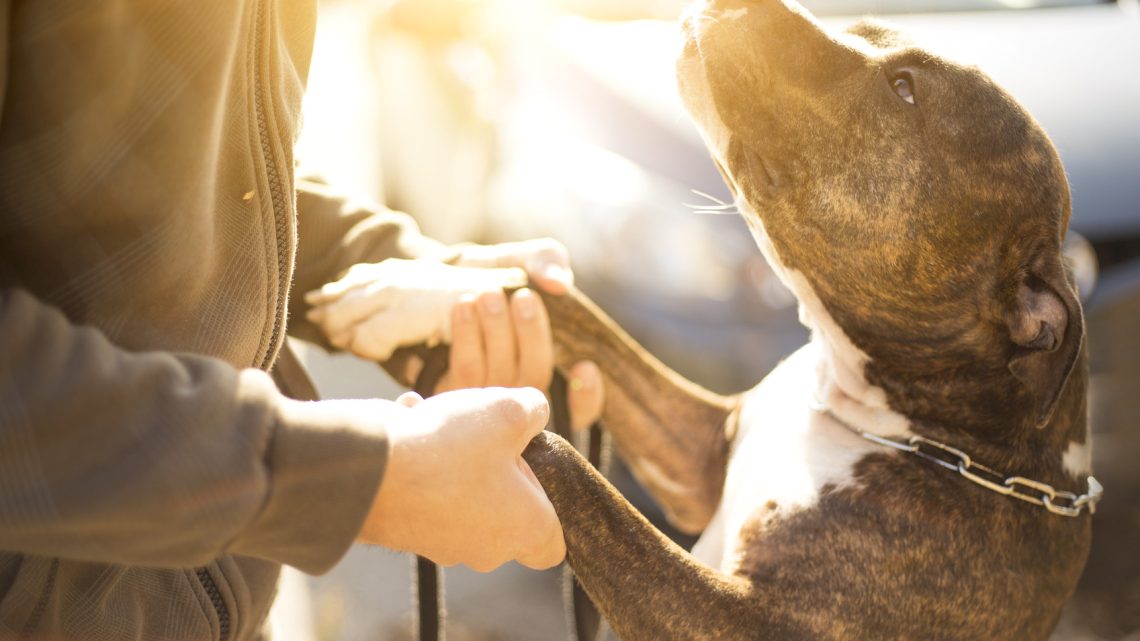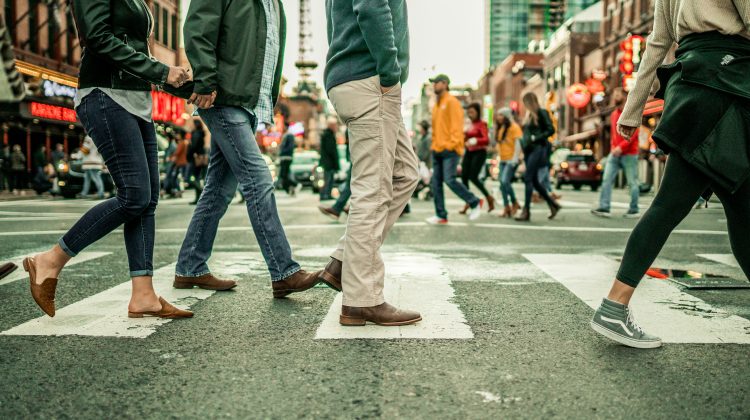Dog parks are great places for dogs to play, meet other dogs, and burn off energy. They’re specially designed areas that offer lots of advantages for both dogs and their owners. Dogs get to run around and socialize with other dogs, which they really need. Meanwhile, owners can have fun watching their furry friends play and chat with other dog owners. But to make sure everyone has a good time at the dog park, it’s important to follow some simple rules. These guidelines help keep the park safe and enjoyable for your dog, yourself, and everyone else there.
Preparing Your Dog for the Park
Before you take your furry friend to the park, it’s important to think about whether they’re suited for it. Firstly, a dog bite attorney in St. George recommends to check your dog’s temperament. It’s best if they’re used to being around other dogs of different sizes and personalities. Dogs that are aggressive or very shy might not enjoy the busy atmosphere of a dog park.
Next, consider how well your dog listens to you. “Recall” means your dog comes to you when you call them. This is really important in a dog park where they’re off-leash. If your dog tends to wander off or ignores you when there are distractions, it’s a good idea to work on their training before going to the park.
Lastly, make sure your dog’s vaccinations are all up-to-date. This helps keep them healthy and stops them from getting sick from other dogs at the park. It’s also important for the health of all the dogs there.
Packing for Playtime
Once you’ve decided your dog is ready for the dog park, make sure you have the right gear. You’ll need a strong leash and collar to keep your dog safe when you’re coming in and out of the park. Always keep your dog on a leash until you’re inside the off-leash area.
Don’t forget to bring poop bags. It’s really important to clean up after your dog, even at the dog park. Leaving mess behind is not polite, and it can make other dogs sick.
It’s a good idea to bring a water bowl and some fresh water, especially if there’s no water available at the park. Running around can make your dog thirsty, so it’s important they have water to drink. You can also bring toys, but be careful. If your dog gets possessive over toys, it might cause problems with other dogs.
Observing the Area
When you get to the dog park, take a moment to see what’s going on before letting your dog off the leash. Check out the other dogs there and see how they’re acting. Look for any signs of aggression, too many dogs in one area, or play that might be too rough for your dog. This quick look around helps you figure out if it’s a good time to let your dog join in.
When you go into the park, try to find a double-gated area if there is one. This makes it safer when you’re taking your dog off the leash, so they can’t accidentally run out while you’re getting them ready.
Do’s and Don’ts of Dog Park Etiquette
Now that you’ve prepped and entered the park responsibly, here are some key do’s and don’ts to ensure a positive experience for everyone:
Do:
- Always keep an eye on your dog while you’re at the park. Watch how they’re acting and how they’re getting along with other dogs.
- Pay attention to your dog’s body language and behavior. If they seem stressed or uncomfortable, like if their ears are flattened, their tail is tucked, or they’re breathing heavily, it might be time to take a break.
- Be respectful of other dog owners’ space and their dogs. Not all dogs like being petted by strangers, especially if they’re feeling nervous. Always ask before you pet someone else’s dog.
- Clean up after your dog right away. Leaving a mess behind is not polite, and it’s not healthy for anyone.
- Step in if your dog is being mean to other dogs or if they’re getting picked on. If your dog is acting aggressive, put them on a leash and take them away from the situation. And if another dog is bothering yours, calmly take your dog away and ask for help from the other owner or someone who works at the park.
Don’t:
- Don’t bring a dog that’s not used to being around other dogs or that has a history of being aggressive. The dog park isn’t the right place to try and fix these kinds of problems. If your dog isn’t comfortable around other dogs, it’s better to do some training in private or find other ways to help them get used to being around other dogs before going to the park.
- Don’t leave your dog alone at the park. Even if they’re usually calm, the excitement of the park can make any dog act differently. Keeping an eye on them all the time makes sure they stay safe and don’t cause any problems for other dogs or people.
- Don’t just assume that every dog is friendly. Always ask the owner before you go up to a dog you don’t know. And remember to respect their space and comfort.
- Don’t use choke chains or prong collars on your dog at the park. These kinds of collars can hurt them, and they don’t help with positive interactions between dogs. It’s better to use a collar and leash that’s comfortable for your dog.
- Don’t bring young kids into the dog park. Dog parks are meant for dogs to play, and little kids can easily get knocked over or scared by excited dogs. It’s better to find a different place for kids to play or go to the park when it’s not so busy.
- And if there’s a fight over a toy or treat, don’t get involved. Just take the object away and distract both dogs with something else to play with or eat.
Recognizing and Addressing Conflict
Conflicts can sometimes happen at the dog park, no matter how well-prepared you are. Here’s how to spot and handle them:
Signs of Trouble: Keep an eye out for body language that shows tension or possible aggression. This could be growling, snapping, or a dog standing stiffly. Other signs include lots of barking, raised fur on their back (hackles), or chasing other dogs.
Dealing with Conflict: If you see signs of trouble, the main thing is to calm things down quickly and calmly. Here’s what you can do:
- Put your dog on a leash right away. This takes them out of the situation and lets you take control.
- Stay calm and don’t stare at aggressive dogs. Standing tall and staring might make things worse.
- If a fight starts, don’t try to break it up yourself. You could get hurt. Instead, try making loud noises like clapping or use a whistle to distract them. Or get help from another owner or someone who works at the park.
Following the rules at the dog park makes it better for everyone. When pet owners are responsible, their dogs can have fun playing and exercising without causing problems. It’s important to make sure the dogs can interact safely and the owners can chat without any issues. By being a good owner and sticking to these guidelines, you help make sure the dog park stays a happy and safe place for all the dogs that visit.




No Comment